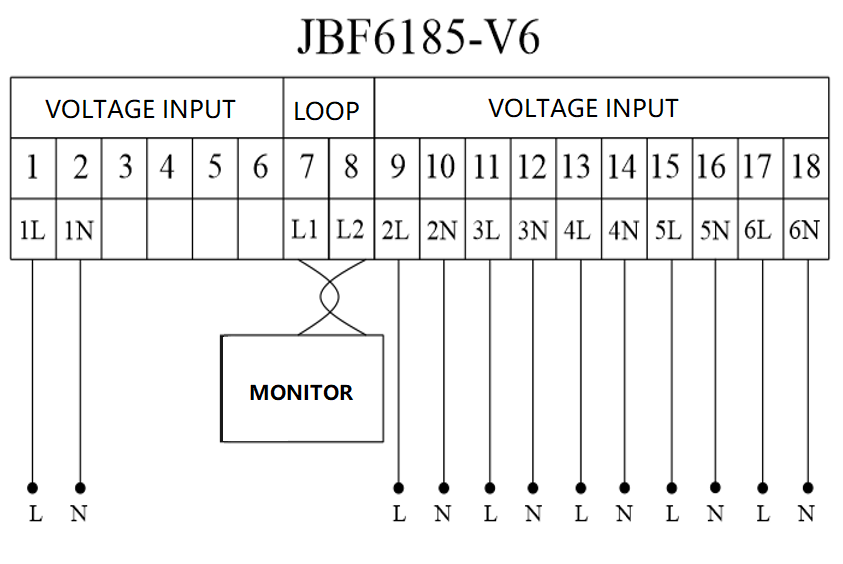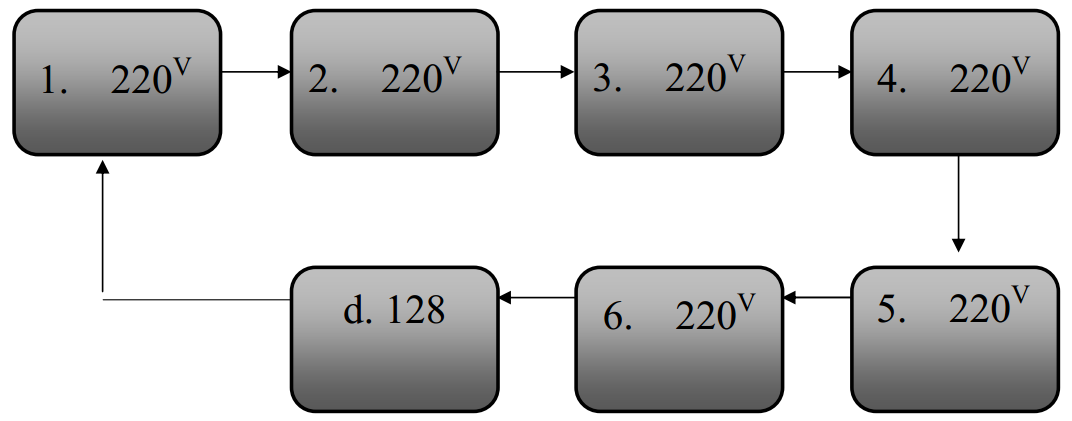JBF6185-V6
Two-wire, non-polar, monitoring six routes of the voltage of single phase power supply of fire equipment in real time, rotary display.

































































| Content | Technical Parameters |
| Specification | Monitor for 6 lines |
| Monitored object | Voltage value of single phase AC power |
| Rated voltage | DC24V (loop powered) |
| Working current | 5mA |
| Rated voltage Monitoring | AC220V |
| Voltage resolution | 1V |
| Percentage of overvoltage | 0%~20% |
| Percentage of under-pressure | 0%~20% |
| Wiring | Two-wire, polarity-free |
| Communication distance | ≤1500m |
| Working environment | Temp: 0℃~+40℃; Humidity: 10%~93% (non-condensation) |
| Dimensions | 132mm×99.5mm×58mm (L×W×H) |
| Installation | 35mm standard rail |



